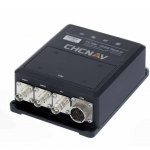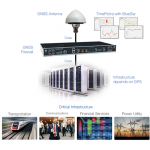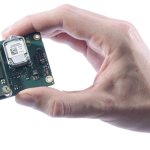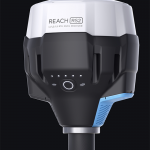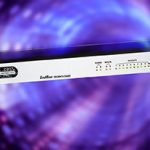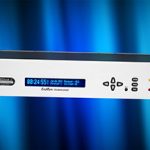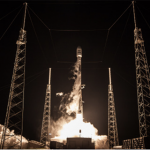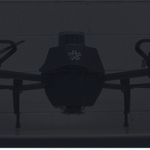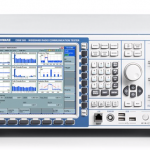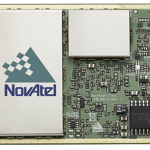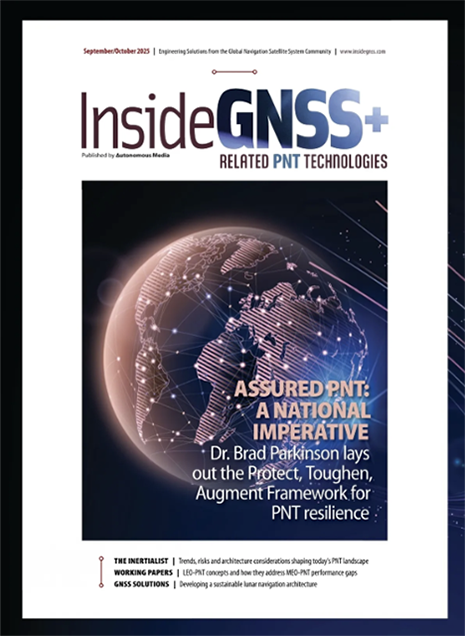CHC Navigation’s P2 GNSS Sensor Series Designed for Demanding Positioning, Heading Applications
CHC Navigation recently announced the release of the P2 GNSS Sensor Series providing high accuracy positioning and heading solution in a compact and rugged enclosure. The P2 GNSS Sensor series is a GNSS sensor suited for a wide variety of applications such as reference station, marine systems, unmanned navigation, industrial automation, robotics and machine control.
By Inside GNSS
